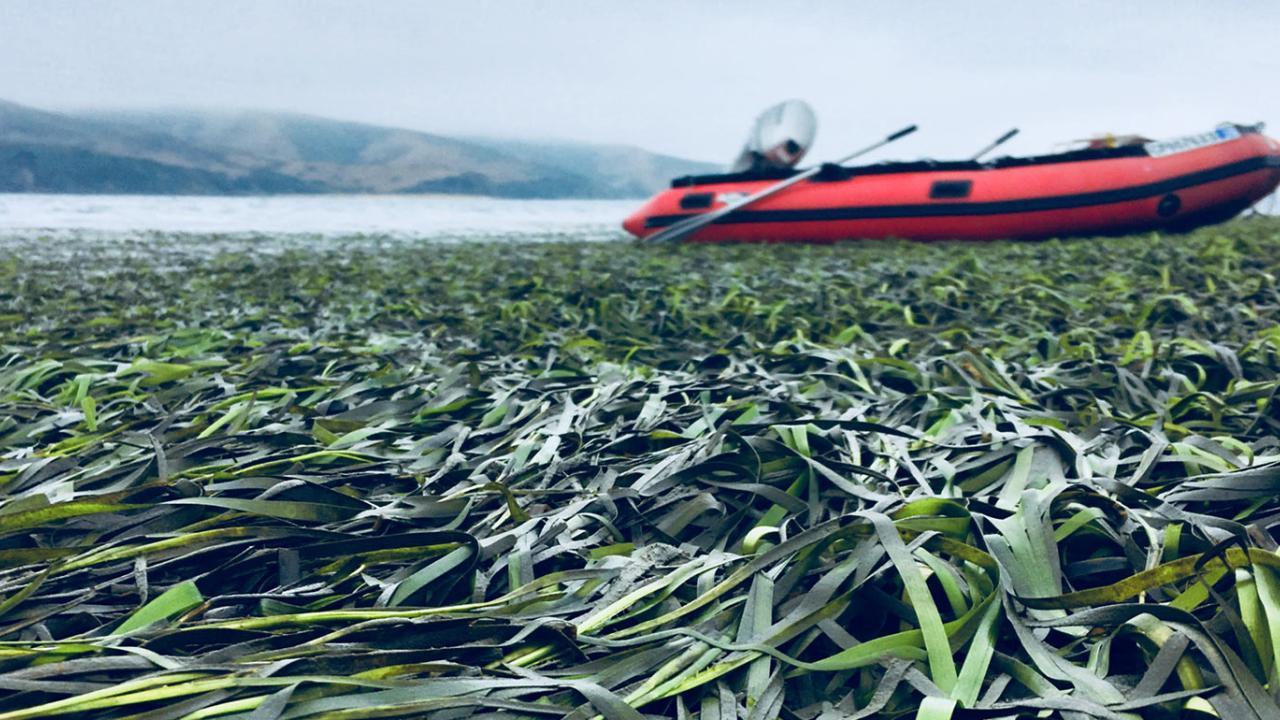
Genome Study Shows Recent Spread of Eelgrass
This article originally appeared on the College of Biological Sciences News.
Beds of eelgrass (Zostera marina) form an important habitat in coastal regions throughout the northern hemisphere, crucial to many fish and other species and storing vast amounts of carbon. A new study published July 20 in Nature Plants shows that eelgrass spread around the world much more recently than previously thought, just under a quarter-million years ago. The results have implications for how eelgrass could be affected by a changing climate.
An international team, including Professors Jay Stachowicz and Jonathan Eisen at the UC Davis Department of Evolution and Ecology and UC Davis Genome Center, reconstructed the history of eelgrass based on DNA sequences of the plant from around the world. The project was coordinated by Thorsten Reusch, GEOMAR Helmholtz Centre for Ocean Research Kiel, Germany.
Eelgrass is a type of seagrass, descended from freshwater flowering plants that returned to the ocean. Unlike algal seaweeds, seagrasses have roots, shoots and flowers and produce seeds just like other flowering plants, but in seawater.
Eelgrass is known to have originated in the coastal northwest Pacific and then spread throughout the Pacific, Atlantic and Mediterranean.
Read the full article here.
Media Resources
- Ocean current patterns drive the worldwide colonization of eelgrass (Zostera marina) (Nature Plants)
- How eelgrass spread around the world (GEOMAR news release)
- Seagrasses Turn Back the Clock on Ocean Acidification (In Focus: Science and Climate)
